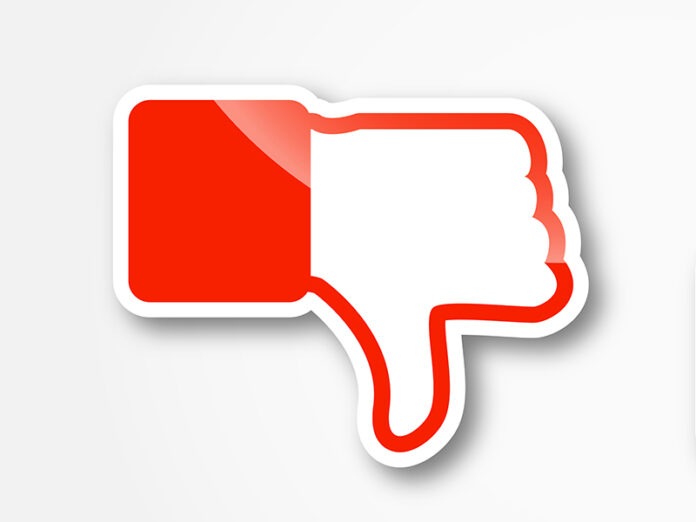The advent of social media has made it easier for brands to communicate with customers, and vice versa. But it also means that brands can easily be attacked and trend for all the wrong reasons. In such cases, brands seldom have insight on what to do about the negative publicity.
“In PR and marketing, there are three types of media. There is earned media, controlled media and paid media. Earned media is getting brand awareness without paying for advertisement, such as somebody recommending your service or product on social media. But this can be negative too – a simple retweet can spread like a stain, making your brand a controversial topic and taint your image,” says Mkhuseli Vangile, Managing Director of The Dynaste Communications Firm.
“It is very important for brands to have a crisis communication policy in place, to be the first point of reference should your brand trend for the wrong reasons,” Vangile advises.
He offers the following 5 ways to control negative publicity and conversations on social media:
- Crisis communication policy: Refer back to the crisis communication policy which should be in existence before the crisis. It will help your brand to come up with tactics to handle the current crisis.
- Acknowledgement: The only social media post that should be sent during the early stage is to acknowledge the situation, to say that you are in the investigating process, and that further developments will be communicated in due time. Your social media team should not engage or comment on the matter immediately, but rather wait until the company has an official statement around this. To engage without coming up with a plan will only make your brand trend longer.
- Select your crisis committee: Call all relevant parties within and outside of your organisation to get to the bottom of the issue. This obviously also depends on the severity of the situation. For a big issue like claims of sexual harassment for example, your crisis team would probably include your legal department, reputation manager like a PR company, HR manager, social media manager and other executive members involved to come up with a plan and response. In this example, the plan should not be to defend the alleged offender, but rather to show stakeholders, including those that are engaging the brand on social media, how strong your policies are and that there is no tolerance for sexual harassment.
- Official response: At this stage you have done your investigation, you sat down with all relevant stakeholders and came up with a way to position your brand in a good light without shifting the blame, and also without accepting the blame for something your brand did not do. Your brand is at the centre of attention – use this to show your potential investors, potential employees and potential clients that you have good systems and great values in place. Send an official response that highlights all potential questions that can be asked when it is posted online.
- Do not engage trolls: All questions must be answered, but not trolls. If questions asked have been answered in your official statement, refer enquiries to the statement. Train your social media team on what to answer and what not to answer. Importantly, train them to always refer tough questions to the relevant person selected at the crisis committee.
“You don’t deal with a crisis when there is a crisis, you must deal with it before it even arrives. We live in a time where brands can trend simply because an employee is wearing a brand company T-shirt and engages in conflict outside of work. It is important to have a crisis communication policy in place while things are still going well, and before negative publicity occurs,” conludes Vangile.





